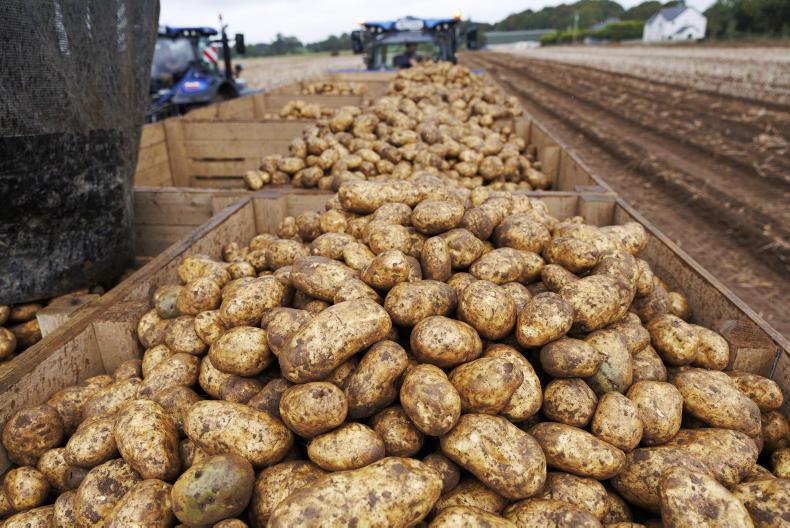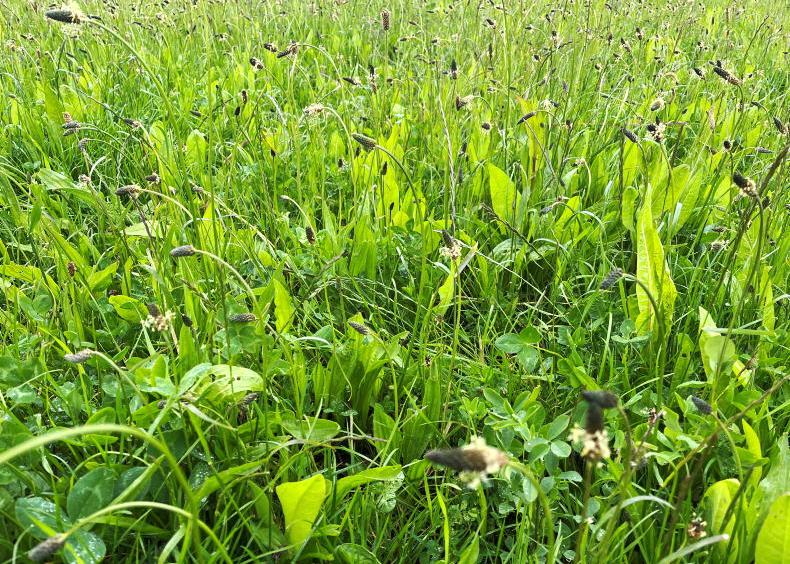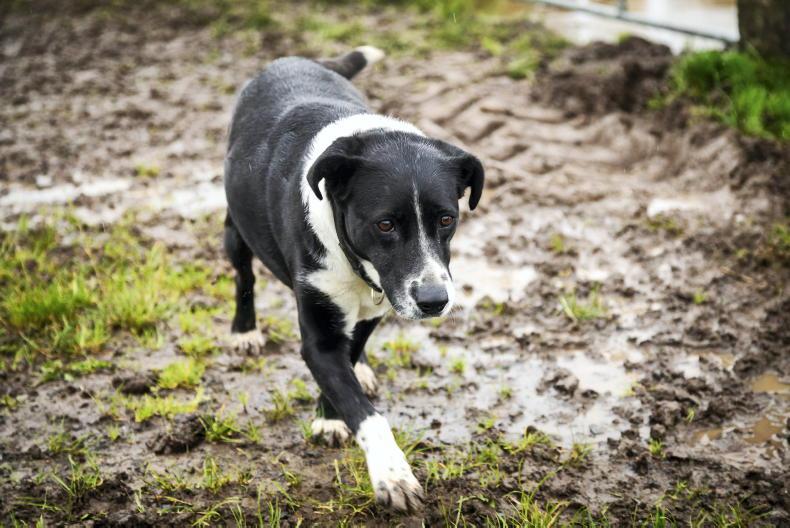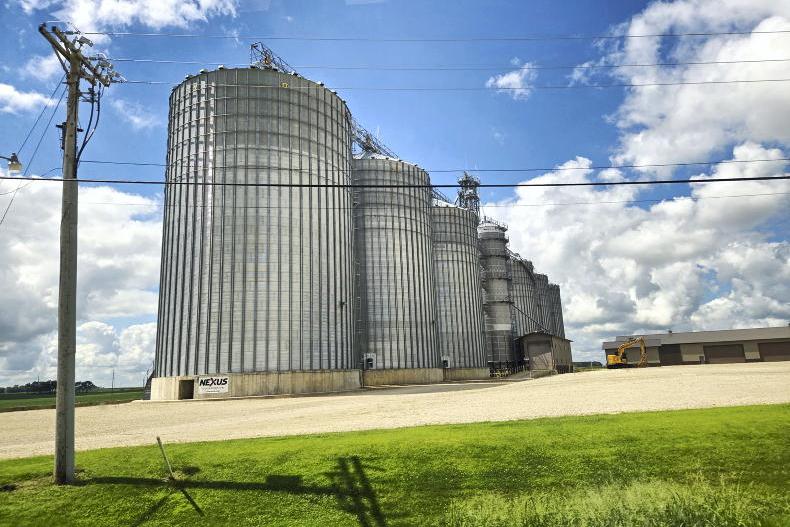The rain has been relentless over the last few weeks and this week’s forecast looks ugly as I write this, so all animals are in the sheds – other than a small batch of dry cows out on the side of a hill, at the far end of the farm.
We are booked in for a few days in Center Parcs with the kids, so it would have been nice if everything was a little easier on the home front before we jumped in the car. In the end, the easiest thing to do was to house the cows and switch off for a few days, rather than trying to keep making decisions about on-off grazing and so on.
A flock of seagulls has been following the grazing rotation behind the cows for the last few days, so I suppose that is a message in itself that it’s time to call it a day with grazing for a while and wait and see if November is any improvement on the last two months.
We are tight enough for space inside, but with the few dry cows out for the moment and a few more cull cows to go to the factory soon – we should be okay. There is plenty of silage in the yard, so we should be okay on that front too.
We haven’t any building projects on at the moment, so all sheds are available for accommodation.
TB restrictions mean we have more stock than usual on hands though, which is where the extra pressure is coming from. Hopefully we can go clear in our second test next week and then start to reduce stock numbers as we move through November.
We’ve never seen it this wet this early in the winter over this side of the country, so there’s a good number of people caught with building projects not finished, with in-calf heifers coming back from contract-rearers early and just generally stock being in a month early, eating silage.
Hopefully the pressure comes off at the other end of the winter somehow, or people will be in a serious bind. Even at the lower end of the scale, a lot of farms have a lot of grass left to graze off in the final rotation to set farms up properly for spring grazing. The later this gets grazed, the less is back for the spring.
Grazing it now and doing a lot of damage isn’t a great option, grazing it in a month’s time and hitting spring-covers is almost as bad, and leaving heavy covers from September grazing to carry through to February is usually a bad idea as well, but it might be the best of a bad lot this year.
We will wait now and see what next week brings. A few dry days could still see plenty of grass grazed in November, but they would need to start appearing on the forecast very soon, even for farmers’ mental health to get a much needed boost.
At least the milk markets look to be turning the corner a bit over the last couple of months and most of the milk processors held the September price to give farmers a boost at a difficult time.
Hopefully we will see more positive trends into 2024 and milk price can get back to a more profitable level.









SHARING OPTIONS